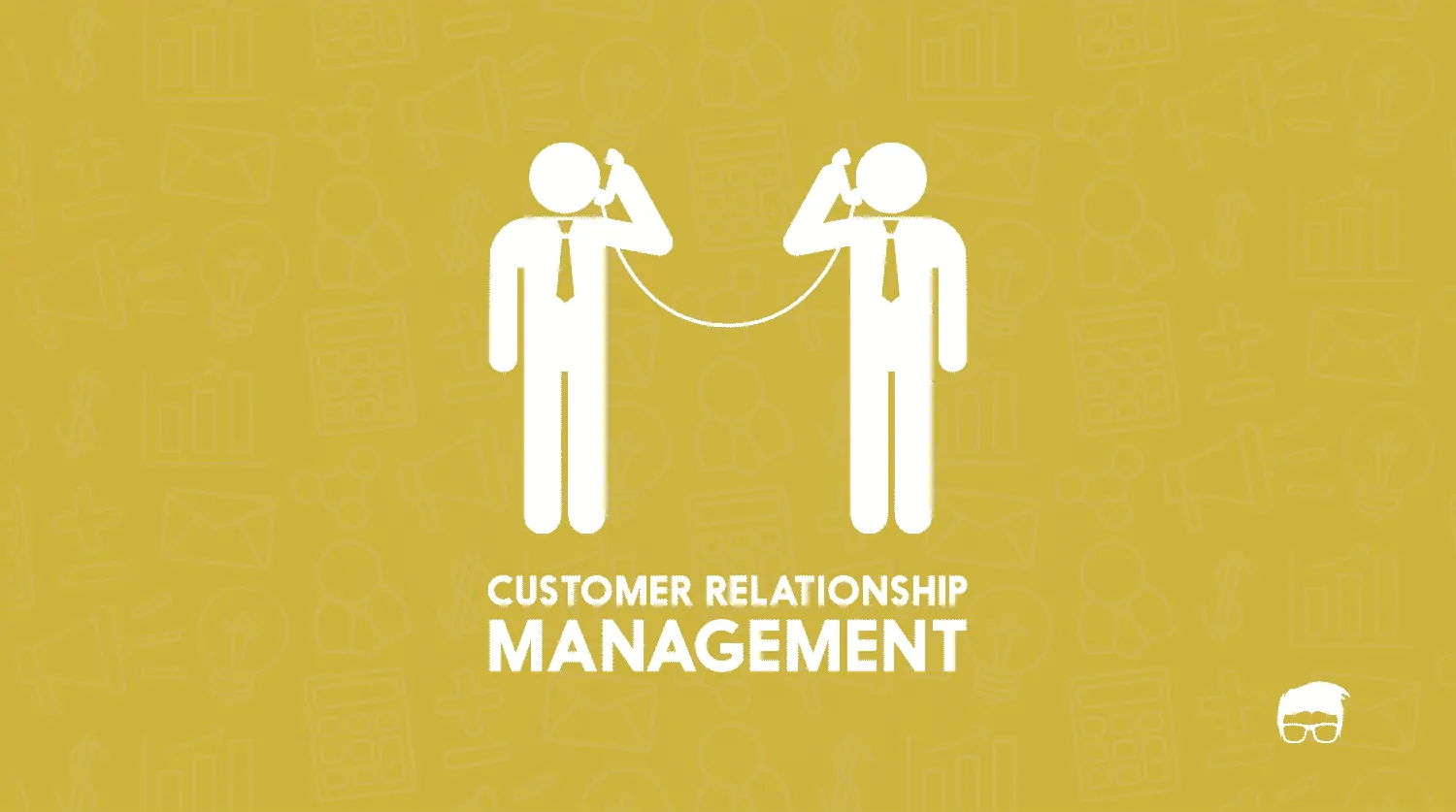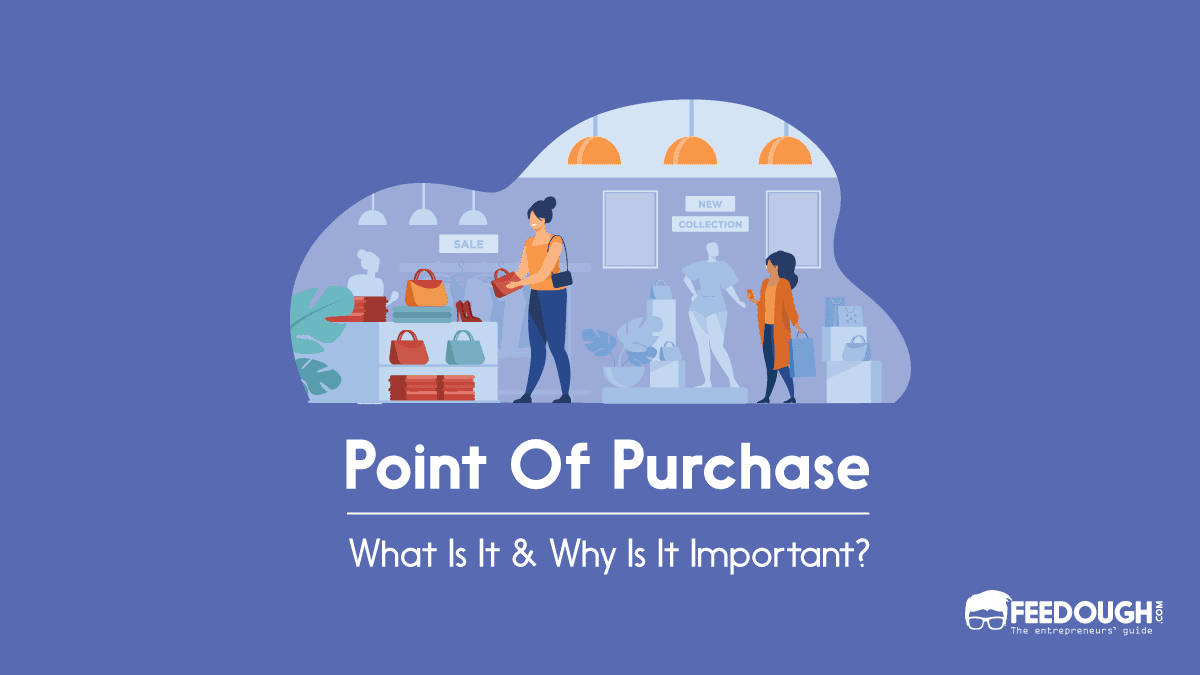A company interacts with customers on many levels and at many places. These interactions are necessary for a company to carry out its marketing, branding, and sales strategies.
And advertisements, even though very effective, just form a part of a big customer touchpoints network that includes chronological data of interactions brand interactions that occur along the customer’s journey.
What Is A Customer Touchpoint?
A customer touchpoint is any interaction of the potential customer or customer with the brand before, during, or after (s)he purchases something from the brand.
In simple terms, a customer touchpoint is any point of interaction of the brand and the customer. These interactions take place at various places (online and offline) and at various times.
Let’s say Peter is a potential customer of brand XYZ. Recently, Peter saw an advertisement (touchpoint #1) of XYZ offering a product he might be interested in. He did some research about the product online and landed on XYZ’s website (touchpoint #2) which turned his interest into desire. Now, he visits the supermarket to buy this specific product and notices the marketing creatives of XYZ like danglers, banners, etc. (touchpoint #3). He finds the product and is really impressed by its unique packaging (touchpoint #4). He buys the product, uses it, and now is more impressed (touchpoint #5). But unfortunately, the product stops working within a month and he has to contact the customer service for replacement (touchpoint #6).
These touchpoints are often grouped together to be capitalized on and develop a uniform and consistent brand experience to develop a favourable brand perception, closer relationships with the customers, and a higher retention rate.
The Types of Touchpoints
Contrary to what most people think, not all customer touch points are in the hands of the company. Here are the four types of customer touchpoints according to the ability of being controlled by the brand –
- Company Created Touchpoints: These are the planned marketing messages created and controlled by the company. Promotional tools, packaging, and company assets like websites fall under this type of customer touchpoints.
- Intrinsic Touchpoints: These touchpoints are intrinsic to the offering. They are experienced when the customer buys the offering and when the consumer consumes the offering. A brand might or might not have full control over these touchpoints.
- Unexpected Touchpoints: These are unexpected references or information that are not cannot be directly controlled by the brand. Word of mouth marketing, viral marketing, and word of mouse communication are some examples of unexpected touchpoints.
- Customer-Initiated Touchpoints: These touchpoints come into existence when the customers contact the club themselves. Some examples include telephonic conversation with the customer care representative, a walk-in to the service station, etc.
Customer touchpoints are further classified into three types according to the stages of buyer journey. These are –
- Pre-purchase: All the interactions of the brand with the customer before the sale is actually made. For example, advertisements, word of mouth, reviews, influencer promoted content, etc.
- Purchase: The interactions of the brand with the customer during the sale. Examples include the brand website, packaging, the physical store, customer service team, etc.
- Post-purchase: All the interactions of the brand with the customer after the sale has happened. Examples are emails, customer service team, loyalty program communications, etc.
Importance Of Customer Touchpoints
Studying the buyer journey and analysing his every interaction with the brand is an important practice to understand what all can influence the customer’s buying decision and how the brand can attract him/her towards its offering.
Besides this rationale, having a knowledge of customer touchpoints is also important to –
- Develop Better Business Strategies: A sound knowledge of every customer interaction with the brand helps the brand develop better business strategies which add meaning to every interaction.
- Increase the ROI of marketing: When touchpoints are known, wastage of resources is reduced, which results in better ROI.
- Develop A Favourable Brand Image: Mapping and tapping customer touchpoints effectively result in a favourable brand perception which gives rise to a favourable brand image.
Mapping & Tapping of Customer Touch Points
Before carrying out any marketing strategy it is important for the business to know where all does the company and customer interact and how to open new gates to create more touchpoints.
As already discussed, touchpoints are present in every stage of buying decision process –
Need/Want Recognition
Advertising and other promotional strategies are used to create a demand by generating the need within the prospective customer’s mind.
Information Search
The prospective customer tries to find information about the brands/products which can satisfy his need. Company’s website, word of mouth marketing, affiliates, and other online and offline information portals can be tapped to make the prospective customer aware of the brand/product.
Evaluation Of Alternatives
The prospective customer makes a purchase decision after evaluating different offerings and brands. Customer reviews, customer testimonials, influencer recommendations, feature page, pricing page, etc. play an important role in this phase of the customer buying journey.
Purchase
These touchpoints include the sales staff, the packaging, and other factors which influence the purchase decision of the customer.
Post Purchase
After-sale support is a very important factor in maintaining the relationship with the customer and producing repeated sales. Once the brand has a customer, different techniques can be used to retain them and to convince them to carry out word of mouth marketing.
Other Touchpoints
Touchpoints aren’t limited to purchase decision making process stages. They are present everywhere customer’s eye rolls. It’s up to the business whether to tap it or not.
An average human is exposed to around 10,000 marketing messages per day. These messages involve touchpoints present both online and offline, ranging from that company logo on the ceiling fan at his house(actual product) to a post shared by one of his friends on Facebook (content marketing) or that carry bag he used to take his lunch to office (packaging), a touchpoint can be anything.
Customer Touch Points Examples
Here are some examples of touchpoints throughout the customer buying process –
Awareness
- Advertisements (TV, radio, newspaper, social media, search engine, etc.)
- Word of mouth
- Viral marketing
- Referral
- SEO
- Content Marketing
Interest
- Company website
- Customer reviews
- Customer testimonials
- Informative blogs and websites related to brand
- Influencer recommendations
Desire
- Discount pages
- Salespersons
- Customer service representatives
Purchase
- Packaging
- Company’s outlet
- Payment gateways
Post-Purchase
- After sale communication messages
- Community groups
- Customer service representatives
Go On, Tell Us What You Think!
Did we miss something? Come on! Tell us what you think of this article in the comment section.
A startup consultant, digital marketer, traveller, and philomath. Aashish has worked with over 20 startups and successfully helped them ideate, raise money, and succeed. When not working, he can be found hiking, camping, and stargazing.





![What Is Demand Generation? [The Ultimate Guide] What Is Demand Generation?](https://www.feedough.com/wp-content/uploads/2019/05/DEMAND-GENERATION.webp)


